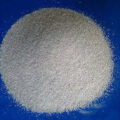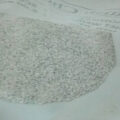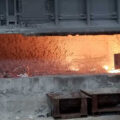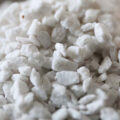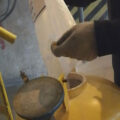The aluminum alloy refining and slagging agent produced by traditional technology generally contains a large amount of sodium or calcium salt. During the smelting and refining process of aluminum-magnesium alloy, if a refining agent containing sodium/calcium is used, it will be added to aluminum and its alloys. Introducing sodium/calcium, the aluminum-magnesium alloy ingots containing excessive Na/Ca elements will cause cracking and embrittlement of the ingots during the hot rolling process, resulting in “sodium embrittlement” phenomenon, which greatly affects the performance of high-strength aluminum alloys. In order to avoid the occurrence of “sodium brittleness” during aluminum alloy processing, sodium-free refining flux has emerged.
Sodium-free granulated flux is formulated from a variety of sodium-free salts and other inorganic compounds in a certain proportion through a special process. The refining powder sprayer uses nitrogen as the carrier and sprays it into the aluminum liquid evenly to achieve The double purification of the melt by gas and flux, this product is widely used in the aluminum processing industry.
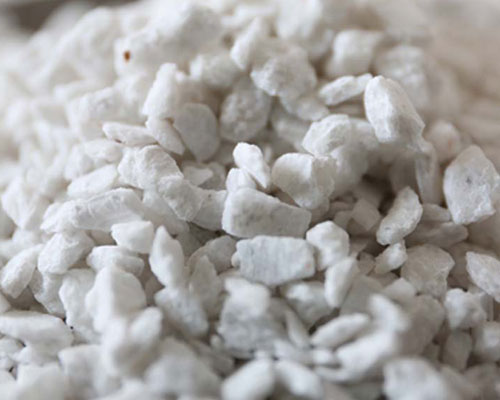
Advantages of Sodium-Free Refining Flux
- Sodium-free refining agent reacts in the melt to release a variety of gases, refining, degassing, and slagging in the melt, improving the effect of gill phosphorus deterioration. It has the advantages of combining gas refining and flux refining into one, and the degassing effect is better.
- It does not contain sodium, which avoids or reduces white spots and “sodium brittleness” on the surface of aluminum and aluminum alloys, and improves product quality.
- The addition amount is small, the operation is simple and convenient, the labor intensity of the workers is reduced, the utilization rate of the flux is high, and the degassing and slag removal of the melt are effectively realized.
- The use of the refining agent can also greatly improve the modification effect of the phosphorus modifier.
How to Use Sodium-Free Refining Fluxes
Properties: white powder or granular.
Applicable alloy: used for smelting high-strength cast aluminum alloy and various commonly used aluminum alloys.
Operating temperature: 700~780℃.
Usage and dosage: Put a certain amount of sodium-free refining agent into the storage tank of the powder sprayer within the refining temperature range, and cover it, first pass nitrogen (pressure 1.2~1.8kg/cm2) and then turn on the switch under the refining tank. When the refining agent is sprayed out of the iron pipe, insert the iron pipe into the molten aluminum for horizontal movement. The insertion depth should be at 3/4 of the depth of the molten aluminum. Move the iron pipe back and forth 2 to 3 times. , Do not touch the furnace wall to prevent pipe blockage. Within the refining time (6-20 tons is 10-15 minutes), spray the flux, and then extract the iron pipe from the molten aluminum and turn off the nitrogen.
Recommended dosage: 0.1-0.5% of the melt; the specific amount required depends on the amount of inclusions and the amount is appropriately increased or decreased. The actual amount added should be obtained from usual practice.
Note:
- Control the speed of powder feeding by turning on the switch at the bottom of the refining tank, and try to spray out the flux during the refining time.
- Control the churn height of the molten aluminum by controlling the nitrogen pressure. Under the premise of not blocking the pipe, the churn degree is better, and it is better to be below 15cm.


